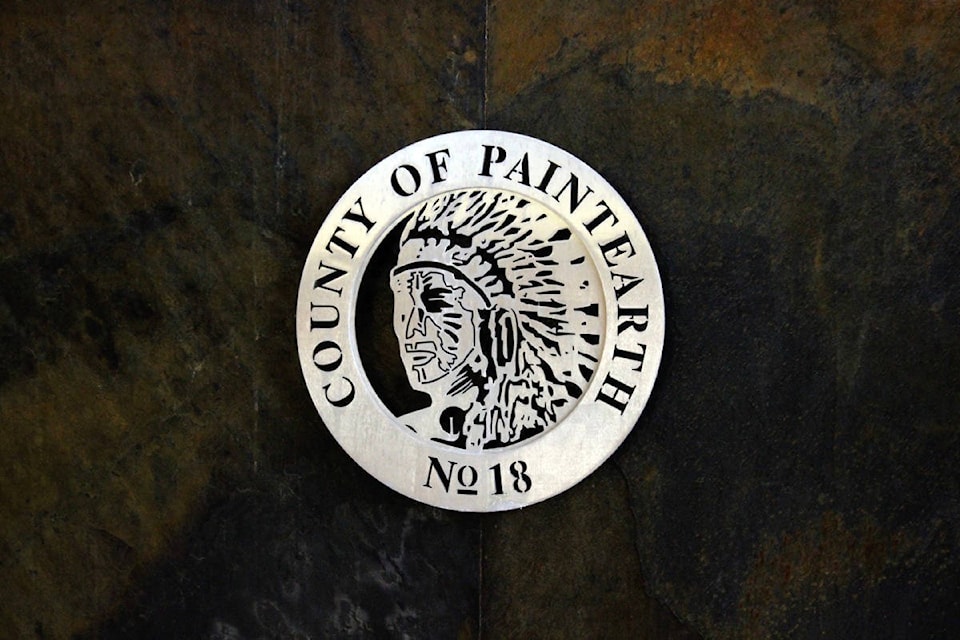By Kevin J. Sabo
For the Advance
Bylaw 698-21, the Land Use Bylaw, passed its final two readings during the May 4th council meeting, following months of development based on ratepayer feedback.
Beginning in January 2020, County administration held a series of four, in-person open houses across the County, allowing ratepayers to discuss what they would like to see in the new bylaw.
While two more in-person sessions were planned as follow-up, due to the onset of the pandemic, County of Paintearth administration had to pivot, instead launching a pair of online surveys, the most recent of which concluded in January of 2021.
“I’m not expecting to see a lot of differences,” said the Director of Community Services Todd Pawsey, via email.
“In the past, we had to take some ‘additional residences’ permit apps to the planning commission, whereas now they are ‘permitted uses’ if they meet the regs.
“(They) are no longer subject to appeals, and thus no requirements for advertisements…less red tape.”
According to Pawsey, in addition to a variety of items being moved to the permitted uses category, other changes to the bylaw include a variety of changes related to the enforcement of the bylaw, giving enforcement “more options.”
“In 13 years, I can (probably) count on one hand the stop orders we’ve issued, so not a big (change) there,” said Pawsey.
Other changes include increasing the ease for ratepayers to sub-dividing and re-zoning land and decreasing red-tape around industrial development.
“We are hoping that with better (regulations) overall that came from the public engagement results, that our legal fees to defend the processes may be significantly less,” said Pawsey.
“Bottom line is I don’t think there is one single ‘impact’ that will be readily noticed by anyone, which is good because that was the positivity that came from the engagement process.”
